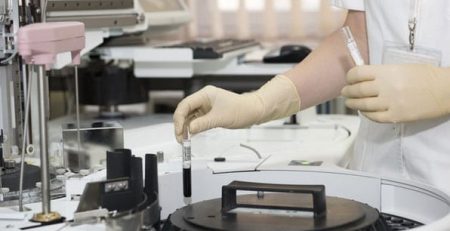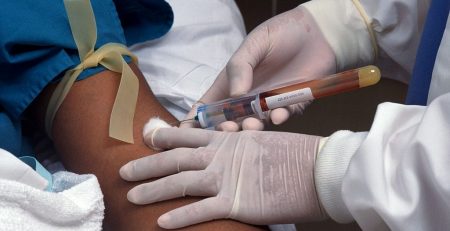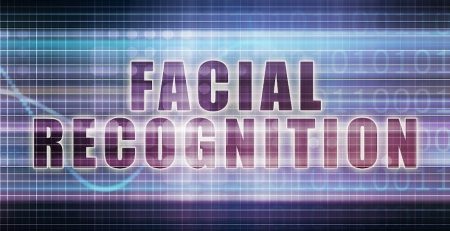00 items
A hundred years ago people couldn’t imagine TV, 20 years ago if you asked someone if we could print human organs, 99.9999% (you get the idea) of people would have said no. In a previous blog (Growing Body Parts), we told you about a process where porous materials were being used along with a person’s cells to basically grow organs and body parts. Long story short, you take the special polymer, put it in a bioreactor with some cells, let the cells multiply, attach it to the body to test it out for a while and presto a new body part or organ. I know I made tons of hard and complex work sound simple, but that is the basic idea.
However, what if it was even easier? What if you could take a 3-D bioprinter and create an organ right when it was needed, almost instantly. The types and methods of surgery would radically change and you would basically be doing them with the persons own cells. Organovo, founded by Gabor Forgacs and his team from the University of Missouri, Columbia.
The basic idea is that human cells are taken and shaped into tissue through the bioprinter. The bioprinter uses a liquid filed with human cells. The liquid is stacked into multiple layers which is held together by a special gel. The gel holds the cells together long enough to allow nature to takes its course. At that point the cells begin to form into actual tissue just like when a human is developing. However, the biggest problem is the thickness of the tissue. The natural makeup and idea makes it tough for the bioprinter to continue to work as the thickness of the tissue increases.
The company has received multiple patents and is considered a leader in this field. Many other companies and universities have started to throw resources at this same idea. However, Organovo seems to continue to lead the pack. While I am a little worried about the idea of people being made in a bioprinter the lifesaving prospects of such a tool sound incredible.
Check out Gabor Forgacs presentation at TEDMED
Related Posts

We All Know Processed Food is Bad for You, But Now There’s Proof
It’s no secret that, despite how good it may taste, processed food isn’t the healthiest option when it’s time to... read more

New Drug May Prevent Weight Gain, Regardless of What the User Eats
It sounds like a dream for many - the ability to stuff your face with whatever gluttonous treats you desire... read more

Discovered Origin of Interstellar dust
Interstellar dust, which are coal-like particles that fill the space between stars is being revealed by Supernova 2010jl. New information... read more

Need Safe Drinking Water? There’s a Straw for That
What started in 1994 as a way to filter a specific type of worm larvae from contaiminated water has grown... read more

Creating Embryos With Stem Cells, Rather Than Sperm or Eggs
In a groundbreaking study, published in Cell, scientists were able to successfully create an embryo without the use of sperm... read more

Newly Developed Blood Test Capable of Detecting Early Cancer Symptoms
A team of researchers, headed by the Cancer Research UK Lung Cancer Centre of Excellence, the Francis Crick Institute, and... read more

Li-Fi Internet is 100 Times Faster Than Wi-Fi
Li-Fi, a technology similar to Wi-Fi which uses the visible spectrum rather than radio waves to deliver data, can deliver... read more

Mind Controlled Prosthetics
A double amputee managed to gain full control of two robotic arms with his thoughts. Leslie Baugh had to have... read more

Facial Recognition Payment System To Replace Credit Cards
[b]Pay For Your Next Meal with Your Face[/b] [b][/b] The world's first facial recognition payment system lets you ditch your... read more

Statins Could Lower Ovarian Cancer Risk
New research funded by Cancer Research UK suggests that women who take statins in the long term could be less... read more




